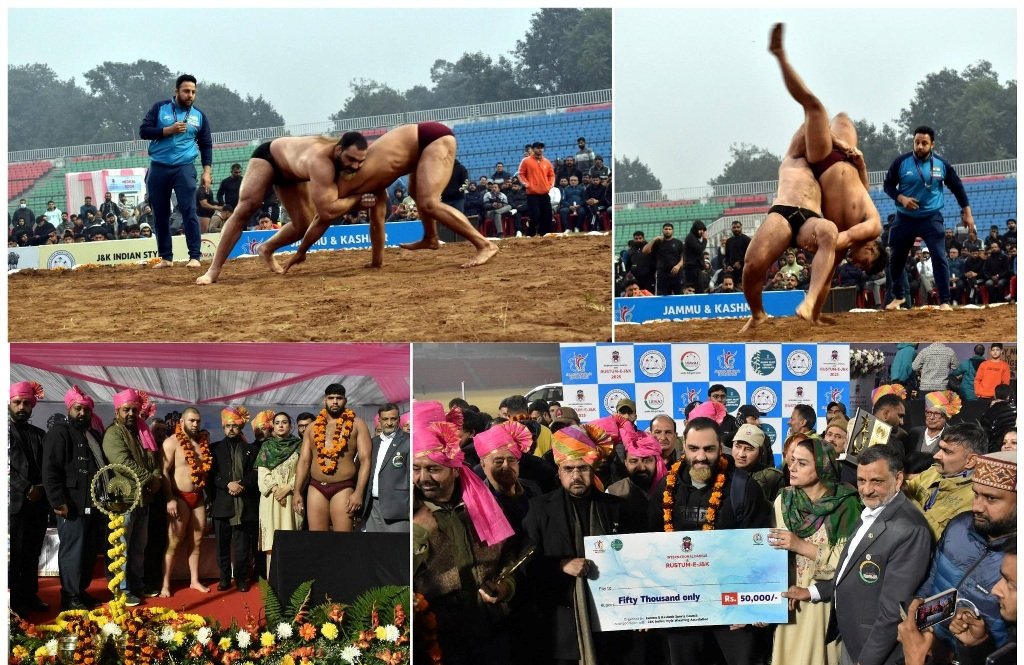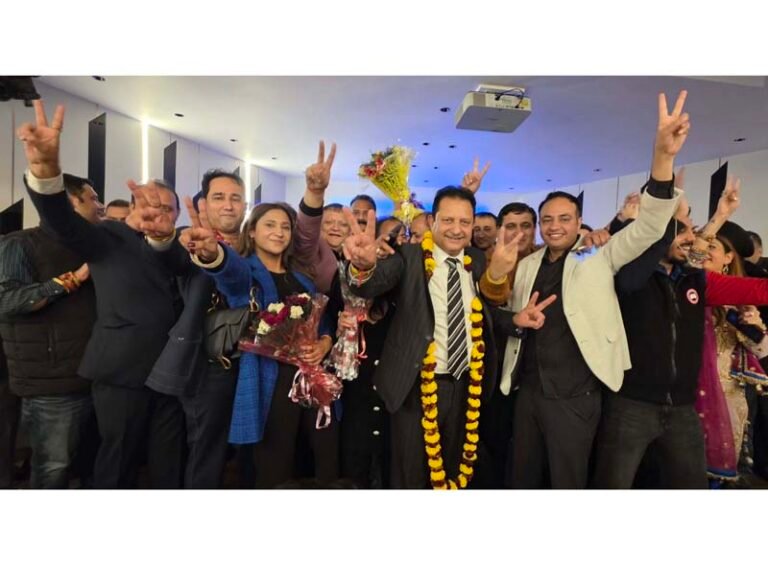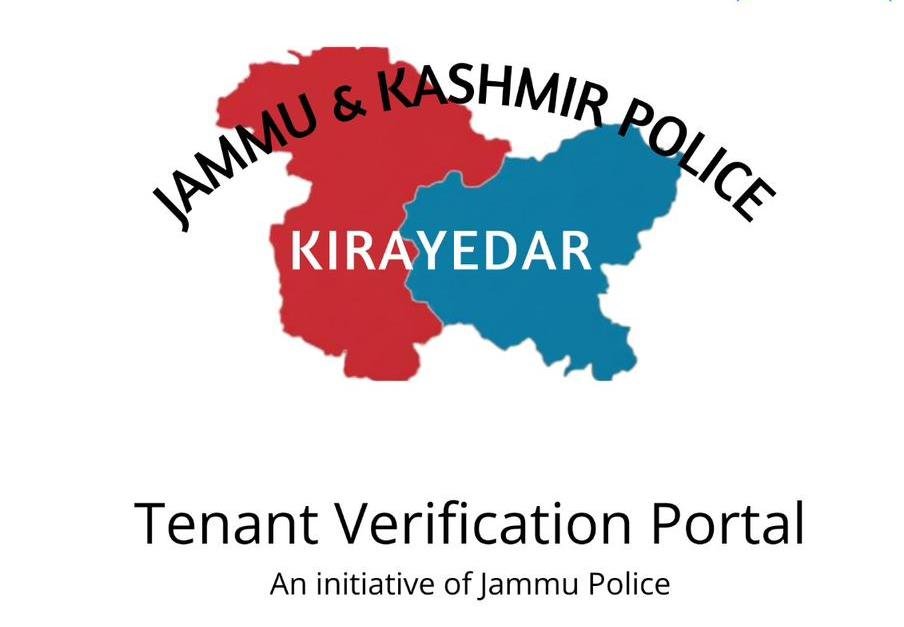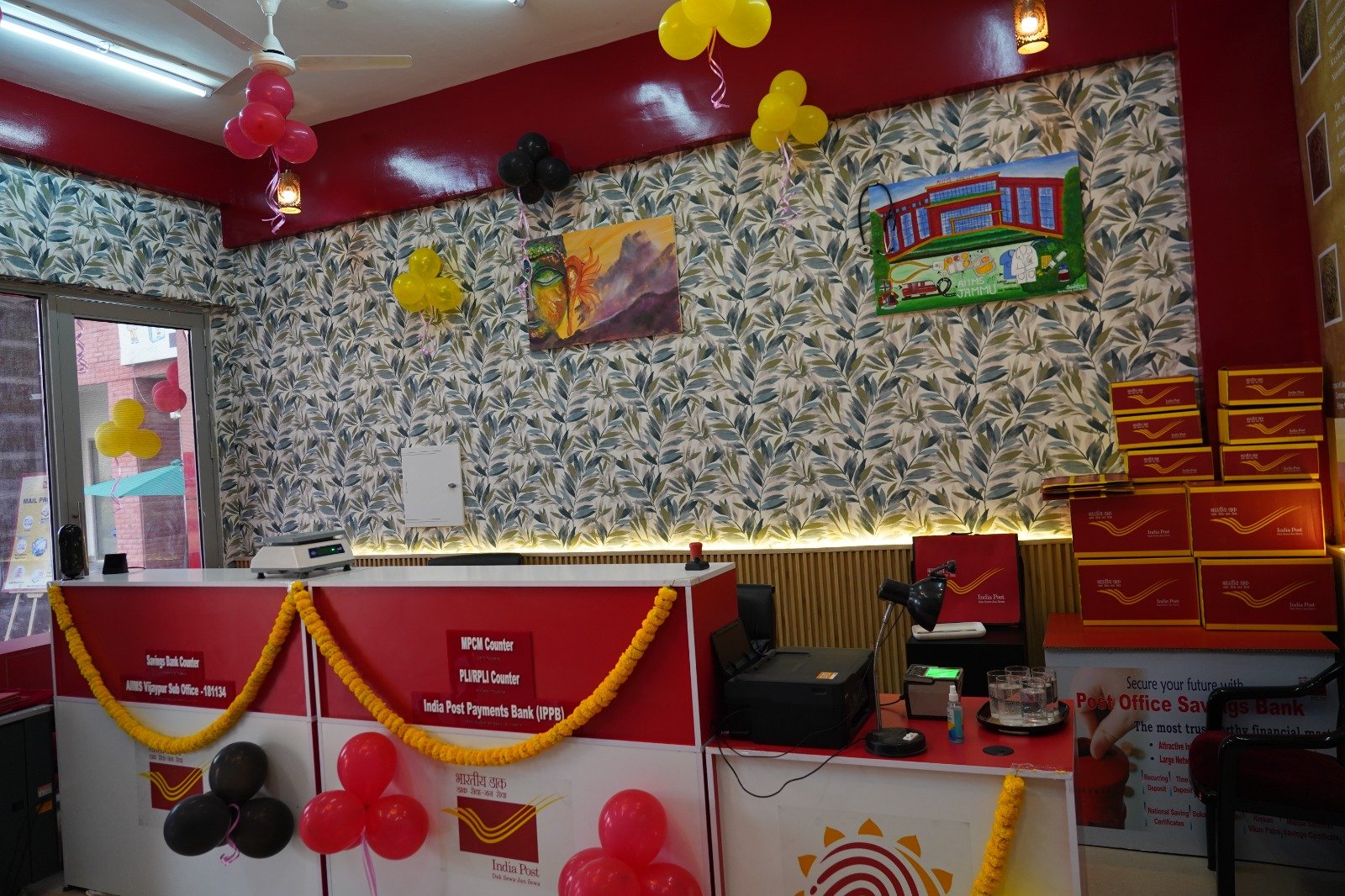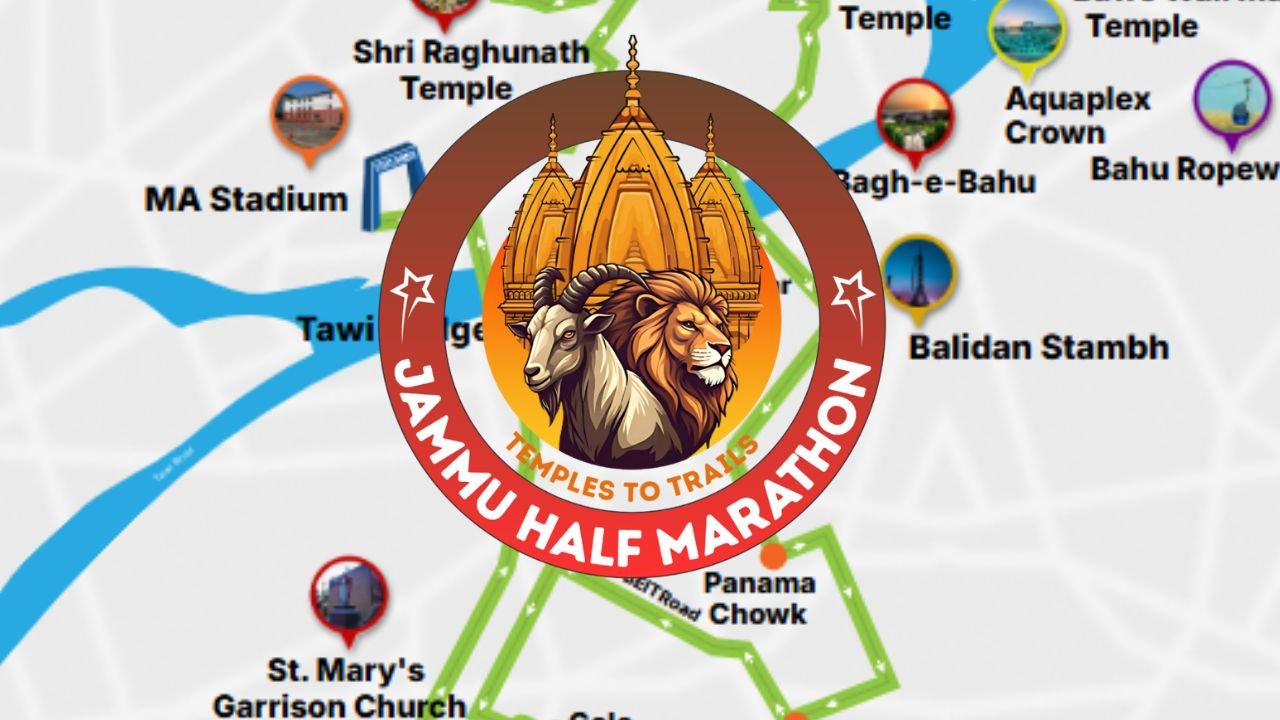In a groundbreaking initiative, the Government of Jammu and Kashmir has launched a new digital governance project that will assign a Unique Family ID to every household across the Union Territory. Spearheaded by Chief Secretary Atal Dulloo and supported by senior officials, including the Secretary of the Department of Information Technology and the Planning Department, this initiative is being hailed as a game-changer in public service delivery.
This article breaks down everything you need to know about the Family ID initiative—its importance, benefits, implementation plan, and how it will impact citizens’ lives in Jammu and Kashmir.
What Is the Family ID Initiative By J&K Govt.?
The Family ID is a unique digital identification number that will be assigned to each family in Jammu and Kashmir. It will serve as a single source of truth for all family-related data and be integrated across multiple government departments and welfare schemes.
Just like the Aadhaar card transformed personal identification, the Family ID aims to streamline access to government benefits and reduce paperwork by acting as a centralized record.
Objectives of the Family ID System
- Ensure Last-Mile Delivery of Welfare Schemes
- Reduce Document Duplication Across Departments
- Enable Transparent and Accountable Governance
- Build a Unified Database of Citizens and Families
- Improve Efficiency in Service Delivery
Why Is the Family ID Important?
1. One Source, Multiple Uses
Currently, citizens must submit the same documents repeatedly across schemes like ration cards, healthcare benefits, and pensions. The Family ID will eliminate this duplication by acting as a universal reference for all government services.
2. Targeted Benefit Delivery
With a centralized family database, departments can easily identify eligible households for specific schemes—be it Ayushman Bharat, PM-KISAN, or Ujjwala Yojana.
3. Plugging Leakages in the System
The Family ID will minimize fake entries and ensure that subsidies, pensions, and other benefits reach genuine and verified beneficiaries only.
4. Boosting Digital Governance
By integrating with existing IT infrastructure, including Public Distribution System (PDS) and Ayushman Bharat PM-JAY datasets, the initiative will make governance smarter and more data-driven.
Read also: Patnitop’s Dark Side: The Money Laundering Case Behind ED’s Hotel Attachments
What Problems Will Family ID in Jammu and Kashmir Can Solve?
| Current Challenge | Solution via Family ID |
|---|---|
| Repeated document verification | Single-source documentation for all schemes |
| Fake or duplicate beneficiaries | Accurate, real-time verification |
| Delays in benefit disbursal | Direct and automatic targeting through ID linkage |
| Citizens unaware of entitled schemes | Personalized dashboard based on family profile |
| Multiple government silos | Integrated platform across departments |
Data Sources for the Family ID
To ensure accuracy and scalability, the following databases will be used:
- PDS (Public Distribution System) Records
- Ayushman Bharat (PM-JAY) Healthcare Data
- Electoral Rolls
- Civil Registration Data
- Income & Occupation Records
Future-Proofing: Flexibility and Updates
- Citizens can request corrections or deletions in case of changes in family structure.
- A dedicated technical support team will be established for this purpose.
- Future updates could include linkage with Aadhaar, digital health records, and education records for seamless public service access.
For Government:
- Policy-making based on real-time data
- Better fiscal management of welfare funds
- Increased transparency and reduced corruption
Implementation Plan for Family ID in Jammu & Kashmir
Phase 1: Data Collection & Verification
- Integrating existing databases (PDS, PM-JAY)
- Launching a public awareness campaign
- Household-level surveys by local authorities
Phase 2: Family ID Generation
- Issuing digital and physical IDs
- Linking Family ID with scheme portals
Phase 3: System Integration
- Departmental access and training
- Citizen service dashboards
Public Awareness Campaigns
To make this a participatory initiative, the government plans to:
- Launch awareness drives via TV, radio, and social media
- Set up help desks at Panchayat levels
- Provide mobile enrollment units for remote areas
🗣️ Expert Opinions
“Family ID is not just a digital number—it’s the future of governance in J&K,”
— Atal Dulloo, Chief Secretary, J&K
“This initiative will help the government serve every citizen in a smarter, faster, and more efficient way.”
— Talat Parvez, Secretary, Planning Department
Tips for Citizens
Keep Documents Ready – Aadhaar, Ration Card, and Ayushman Bharat details.
- Check for Consistency – Ensure all family documents match.
- Visit Enrollment Centers – Cooperate with local authorities during the survey.
- Stay Updated – Follow official websites and social media for announcements.
The Family ID initiative is more than just a technological project—it is a social transformation tool. It aims to bridge the gap between policy and delivery, ensuring no eligible citizen is left behind in the journey of development.



